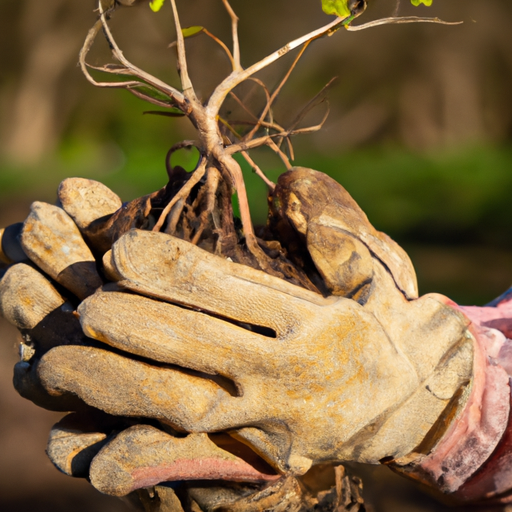Step 1: Prepare the Site
Before planting bare root beech hedging, it’s important to prepare the site properly. Start by clearing the area of any weeds, grass, or debris. Ensure that the soil is well-drained and free from any large stones or obstructions. It’s also a good idea to dig a trench along the planting area to help with water drainage.
Step 2: Soak the Roots
Once the site is prepared, it’s time to soak the bare root beech hedging plants. Fill a bucket or container with water and place the roots in it. Allow them to soak for at least 2-3 hours, or overnight if possible. This will help rehydrate the roots and promote healthy growth.
Step 3: Dig the Planting Holes
Next, dig planting holes for the bare root beech hedging. The holes should be wide and deep enough to accommodate the roots without bending or crowding them. A general rule of thumb is to make the holes twice as wide as the root spread and slightly deeper than the length of the roots.
Step 4: Plant the Hedging
Carefully place each bare root beech hedging plant into its respective hole. Ensure that the roots are spread out and not twisted or bent. Position the plant so that the soil mark on the stem is level with the ground surface. Backfill the hole with soil, gently firming it around the roots to eliminate any air pockets.
Step 5: Water and Mulch
After planting, water the bare root beech hedging thoroughly. This will help settle the soil and provide moisture for the roots. Apply a layer of organic mulch around the base of the plants, taking care not to mound it against the stems. Mulching helps retain moisture, suppress weeds, and insulate the roots.
Step 6: Maintain and Care
To ensure the success of your bare root beech hedging, proper maintenance and care are essential. Water the plants regularly, especially during dry periods, to keep the soil moist but not waterlogged. Prune the hedging in late winter or early spring to promote dense growth and maintain the desired shape.
In conclusion, planting bare root beech hedging requires careful preparation of the site, soaking the roots, digging proper planting holes, planting the hedging correctly, watering, mulching, and ongoing maintenance. By following these steps, you can successfully establish a beautiful and healthy beech hedge.




